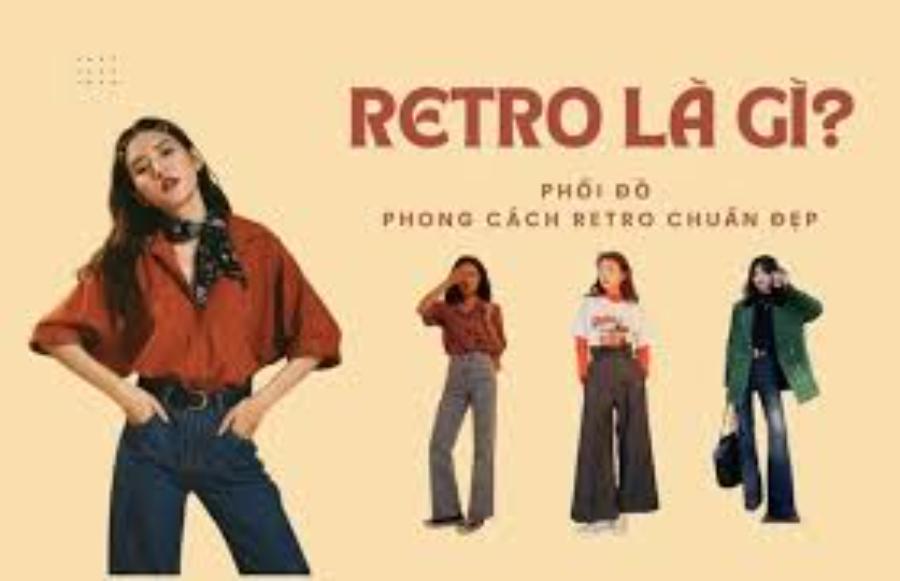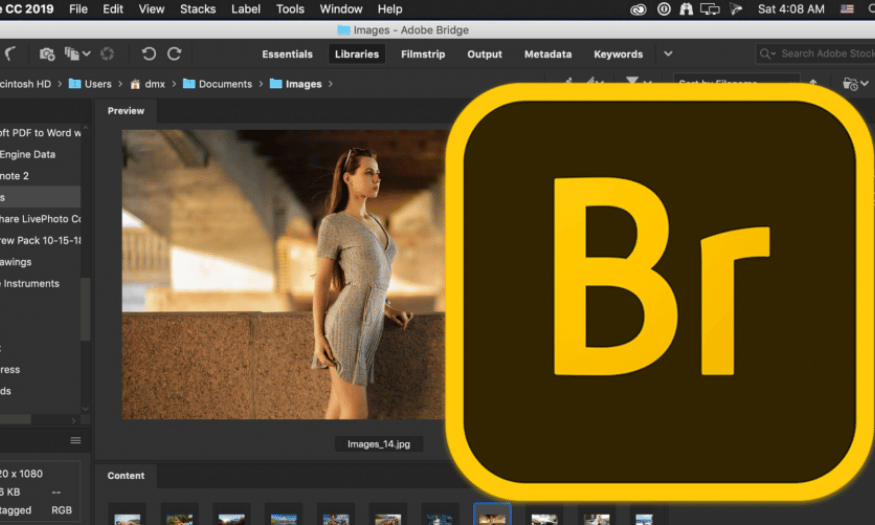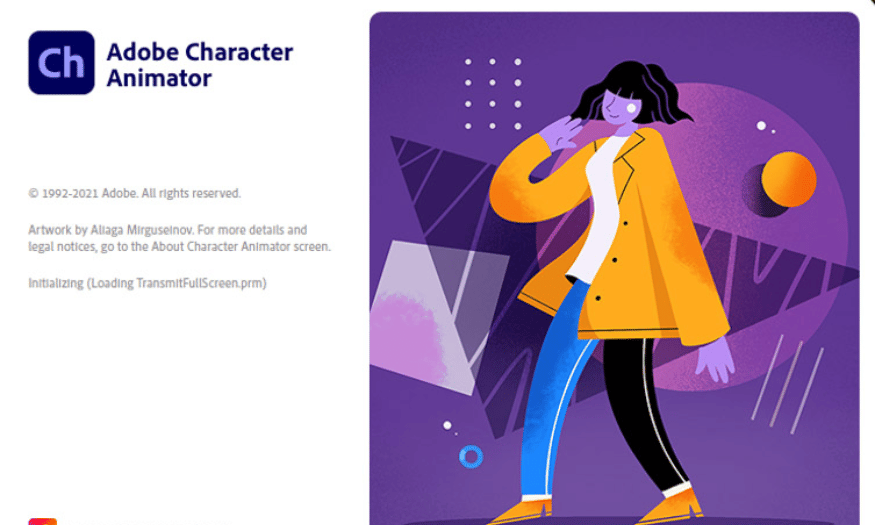Best Selling Products
Retro Style: Nostalgic Beauty Meets Modern Style
Nội dung
- 1.Retro Style: Origin and Characteristics
- 2. History of Retro Style Development
- 3. Retro Style In Fashion
- 3.1. Retro Fashion - The Combination Of Classic And Modern
- 3.2 Colors and Patterns in Retro Fashion
- 3.3 Retro Interior - A Nostalgic Space
- 3.4. Materials and Colors in Retro Interiors
- 4. How to Combine Retro Style With Modern Trends
- 4.1. Retro Style and Innovation in Design
- 4.2 Why is Retro Style Popular in the 21st Century?
- 5. Why Retro Style Is Becoming The New Trend
- 6. Conclusion
Discover Retro style - a unique combination of nostalgia and modernity. From interiors to fashion, Retro brings a personal beauty that easily blends with contemporary trends. Find out now!

Retro style is not only a design or fashion trend, but it is also a great blend of the past and the present. Characterized by the combination of classic and modern elements, Retro brings a space that is both nostalgic and youthful and dynamic. In this article, sadesign will explore with you the characteristics of Retro style, from interior to fashion, and how it is becoming a popular trend in modern life.
1.Retro Style: Origin and Characteristics
Retro style originated from the 1950s to the 1980s, especially in the 60s and 70s, when old art and design trends were gradually refreshed to meet the needs of the contemporary market. Elements of retro style are mainly inspired by the graphic, fashion, and interior design of this period, but recreated with modern methods.
.jpg)
The origin of this style comes from the need to recreate classical aesthetic values, combined with modern creativity to bring a sense of both familiarity and novelty. The characteristics of the Retro style lie in the use of bright colors, geometric patterns, and symbolic details of each historical period. In addition, the interior and items in this style often have simple but sophisticated designs, reminiscent of an inspiring period. Retro is not only a design style but also a celebration of timeless beauty, creating a connection between the past and the present in living and artistic spaces.
2. History of Retro Style Development
Starting in the 50s, Retro style quickly developed into a prominent fashion and interior trend. The reason is the strong influence of pop art culture and art movements. With simple lines, bright colors and iconic designs, Retro gradually became an indispensable part of contemporary cultural life.
But this style didn't stop in the 80s. It made a strong comeback in the 21st century, thanks to designers, artists and architects who wanted to rediscover the beauty of the past and bring it into the new era.
3. Retro Style In Fashion
Retro style in fashion is a subtle combination of classic and modern features, bringing nostalgia but no less creativity. Inspired by previous decades such as the 50s, 60s, 70s, this style not only honors the aesthetic values of the past but also cleverly blends with contemporary trends to create a unique mark. Characteristic elements such as floral patterns, bold colors, and iconic designs such as flared skirts, flared pants or classic shirts are vividly recreated. Retro is not only a fashion trend but also shows a sophisticated aesthetic taste and respect for timeless cultural values. Therefore, this style is increasingly popular and has become the first choice of many fashionistas when they want to express their personality and difference.
3.1. Retro Fashion - The Combination Of Classic And Modern
In the fashion world, Retro is particularly fond of the blend of fun patterns, bright colors, and classic designs. Outfits such as flared skirts, puff-sleeved shirts, wide-leg pants, and bomber jackets with strong Retro influences have been dominating international fashion runways.
.jpg)
One of the hallmarks of retro fashion is the repetition of iconic elements from previous decades. However, when updated in a modern context, they are not simply copied, but rather reinvented and redesigned to better suit the needs of contemporary consumers.
3.2 Colors and Patterns in Retro Fashion
The colors in the retro style are often very bright and bold, such as orange, lemon yellow, bright red or green. Patterns are also an indispensable part, from simple geometric drawings to classic floral patterns.
Retro fashion, with its subtle combination of distinctive colors and patterns, brings a unique and nostalgic style. The common color palettes in this style include warm tones such as earthy orange, mustard yellow, olive green, and dark brown, combined with soft pastel colors to create a harmonious balance.
In addition, the patterns in retro fashion are also very diverse, from geometric patterns, stripes, polka dots to small floral patterns, all reminiscent of classic beauty but no less modern. The skillful combination of colors and patterns not only highlights the personality of the wearer but also recreates the aesthetic marks of previous decades, creating a special attraction for this fashion style.
3.3 Retro Interior - A Nostalgic Space
Retro style in interior design also represents a combination of classic and modern elements. Retro furniture often has clear, sharp lines but is not too fussy. They bring a feeling of closeness and warmth, but are also very comfortable and modern.
From fabric-covered sofas, classic dining tables to warm yellow table lamps, Retro creates a living space that is not only comfortable but also very sophisticated.
3.4. Materials and Colors in Retro Interiors
Materials commonly found in the Retro style are wood, metal and plastic. These pieces of furniture often give a feeling of solidity and durability. The colors in the Retro interior space are often carefully chosen to create harmony, for example, the combination of soft pastel tones with bold colors such as red, blue, yellow or orange.
.jpg)
Wood is often meticulously processed, preserving its rustic beauty but no less luxurious. The colors in Retro interiors are often a subtle blend of bold colors such as orange, mustard yellow, olive green and dark brown, combined with gentle pastel colors to create visual balance. The combination of materials and colors in Retro style not only creates aesthetic highlights but also brings a sense of closeness and friendliness to the living space.
4. How to Combine Retro Style With Modern Trends
Retro style, with its nostalgia and characteristics of previous decades, when combined with modern trends, can create a harmonious and unique whole.
.jpg)
4.1. Retro Style and Innovation in Design
Not simply recreating old designs, modern Retro style is also a subtle combination of old and new elements. For example, when using Retro furniture in a modern space, people often choose new materials, colors and optimal lighting to increase the aesthetic value, while also maintaining the classic values of this style.
In addition, Retro can also be harmoniously combined with other design trends such as Minimalism, Industrial or Scandinavian. For example, a Retro chair can be placed in a minimalist space with white walls and light-colored wooden floors to create an aesthetic balance.
4.2 Why is Retro Style Popular in the 21st Century?
Retro style is popular in the 21st century because it brings a sense of nostalgia, recalling the cultural and aesthetic values of previous decades, and creating a connection between the past and the present. In the context of modern society constantly changing, people often seek stability and a sense of familiarity, which retro style can bring through its characteristic designs, colors and materials. Moreover, this style not only expresses personality but also shows respect for history and art. The combination of classic and modern elements in retro also creates a unique appeal, in line with the creative and diverse trends of today's era.
5. Why Retro Style Is Becoming The New Trend
Retro style gives users a familiar, comfortable and close feeling. It is the intersection between the past and the present, between nostalgia for the old days and modern values. This is the reason why this style always has great appeal to design and fashion enthusiasts.
Besides, Retro is also very easy to combine with other styles, helping to create rich, diverse and always new living and fashion spaces. It is the unique combination of classic and modern that helps this style always maintain its position in modern life.
6. Conclusion
Retro style is a great combination of the past and the present, bringing a nostalgic yet youthful and modern living and fashion space. With bright colors, unique patterns and endless creativity, Retro has become an indispensable trend in the world of contemporary design and fashion. Try applying this style in your living space or fashion collection to experience a bit of nostalgia but still full of freshness and creativity.












































